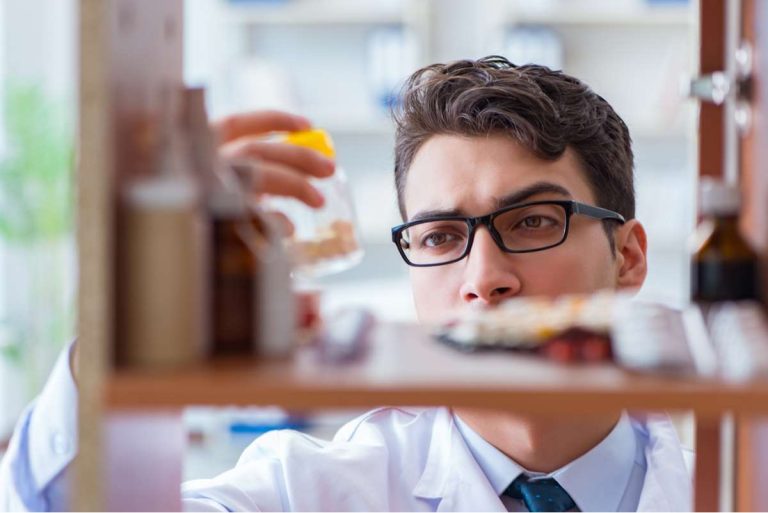Medication for treating anxiety disorders in people with alcohol use problems
Content
This is the first report suggesting that disulfiram produces anxiolytic-like effects in rodents. The anxiolytic-like effects of disulfiram were investigated using an elevated plus-maze test, a typical screening model for anxiolytics. Therefore, this study was performed to clarify the effect of disulfiram on emotional behavior in rodents. Dayna Smith-Slade is a nationally certified Master Addictions Counselor , licensed Substance Abuse Professional , and Substance Abuse Expert with over 29 of hands-on experience in the addiction field. Combining alcohol with Antidepressants has numerous side effects, some of which can be fatal. Discover new workout ideas, healthy-eating recipes, makeup looks, skin-care advice, the best beauty products and tips, trends, and more from SELF. Achieve the things you’ve wanted to achieve in life without anxiety weighing you down.

Exercise regulates hormones that may cause anxiety, burns away stress hormones, and rids the body of excess, pent-up energy. Water is an essential component alcohol and anxiety of all bodily functions — and so it should come as no surprise to hear staying hydrated may help you control the way you feel and experience anxiety.
Mixing Anxiety Medications With Alcohol
Without the presence of the medication it should be safe to drink. How long benzodiazepines stay in your system depends on dosing and drug type.

Many participants (43.1% altogether) dropped out of the studies before treatment ended. In addition, outcomes that were reported were either not precise, or appeared to be based on the selective reporting of measures that showed an effect of medication. Funding of two of the studies by drug companies may also have led to reporting of results that favoured the medication. There is moderate evidence of efficacy for the off-label use of the drugs nalmefene and topiramate in the improvement of some alcohol consumption outcomes, and there is also limited evidence concerning valproic acid . However, these guidelines also state that SSRIs are preferred in comorbid AnxD and AUD treatment due to their low abuse potential, rare interactions and low overdose risk. There was also a suggestion that panic-crisis patients with an alcohol consumption history or AnxD family history could be recommended for an early start of AnxD treatment without waiting for abstinence . The bibliographic analysis showed a heterogeneous picture of the combined effects of AnxDs and AUDs.
Why Alcohol and Anxiety Medication Are So Dangerous in Combination
If you have social anxiety or a social phobia, therapy may work best to reduce your levels of anxiety . With social anxiety, you may find social situations unbearable. It’s common for people with social anxiety disorder to drink alcohol to cope with social interactions. Doing this can lead to a dependence on alcohol during socializing, which can make anxiety symptoms worse. The evidence-base for the effectiveness of medication in treating anxiety disorders and comorbid alcohol use disorders is currently inconclusive.
What do eyes look like when drunk?
Red or Bloodshot Eyes
Alcohol causes the blood vessels in your eyes to get larger and fill with blood, which creates a red, bloodshot appearance. Your eyes might also get dry and irritated when you drink because alcohol is a diuretic, meaning it makes you need to urinate more frequently.
That their findings in no way suggest that individuals with depression should turn to alcohol as a form of treatment. It’s usually only temporary and for most people will resolve once your anxiety dissipates. Alcohol is a sedative and a depressant that affects the central nervous system. The EPM apparatus consists of four arms set in a cross pattern, connected to a central square. Two arms are protected by vertical boundaries, whereas two have unprotected edges. Usually, mice with anxiety prefer to spend time in the closed arms.
Comorbid AD and AUD Pharmacological Treatment Considerations
This means 1 drink per day for women and 2 drinks per day for men. “One Drink” is equivalent to 12 ounces of beer, 5 ounces of wine, 1 ounce of 80-proof whiskey, or 1 ounce of 100-proof spirits. It is also a good idea to drink slowly and eat some food while drinking to decrease the effects of the alcohol. However, you should not combine alcohol with your antidepressant until you know how your antidepressant will affect you.
- These small structures on the outside of braincells send chemicals back and forth as a kind of communication.
- You can’t quit drinking for long enough to take your anxiety medicine correctly.
- Mice that did not receive alcohol, however, did eventually stop fearing the bell.
- In AUD treatment, naltrexone injections did not provide any significant benefit in relapse, nor did it lower the numbers of binge drinks.
- K Health articles are all written and reviewed by MDs, PhDs, NPs, or PharmDs and are for informational purposes only.
“The message of, ‘Don’t drink while taking an antidepressant,’ is based on the odds of an increase in sedation, but this was based on older medicines like tricyclic antidepressants,” Dr. Glance said. The internet is full of warnings about antidepressants and drinking. Also, mixing alcohol with antidepressants can make someone incredibly sleepy. People with https://ecosoberhouse.com/ an untreated sleeping disorder may mix their antidepressants with alcohol to find relief. This risky behavior can lead to more serious problems in the future. If someone takes an antidepressant and another prescription medication for a different health problem at the same time, alcohol can significantly increase the side effects of both medications.
